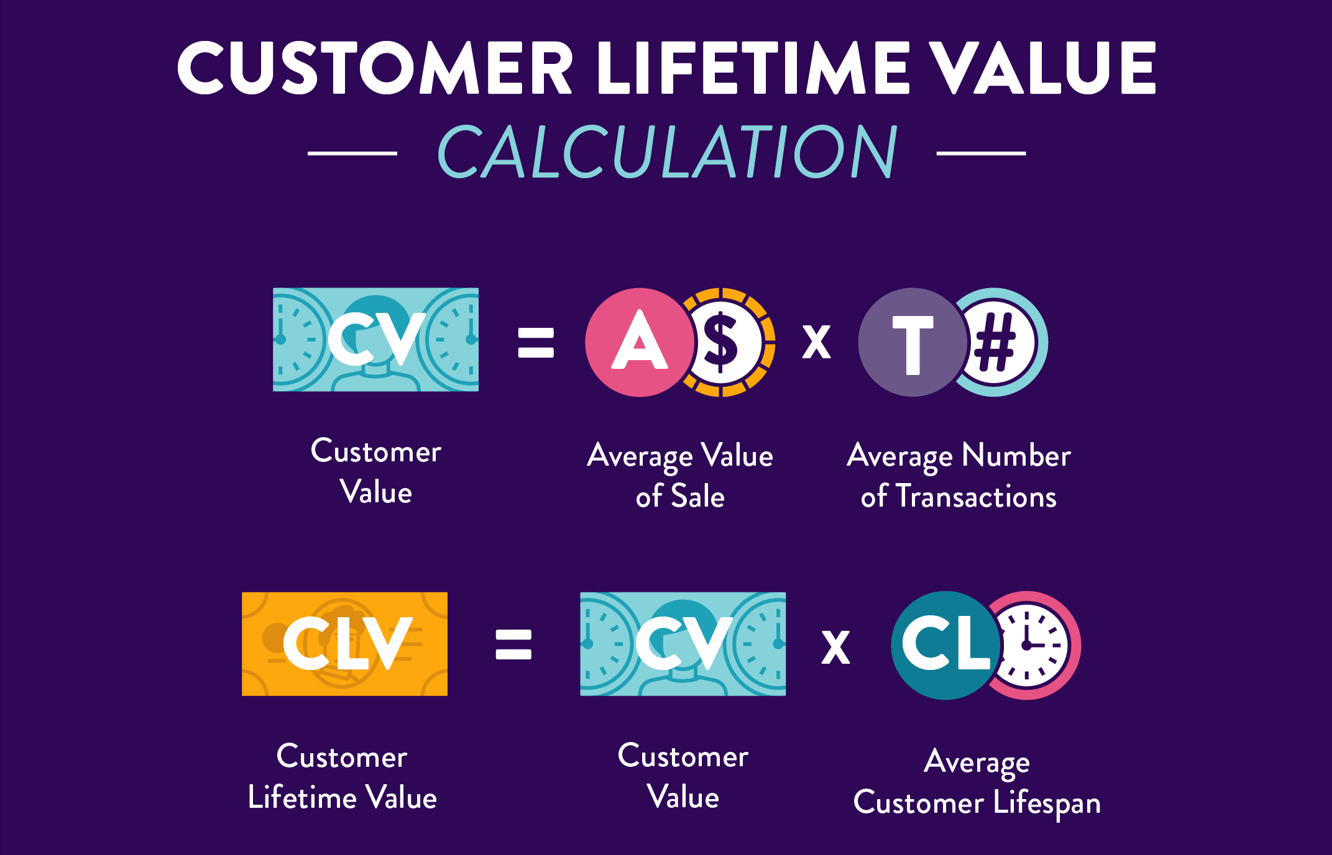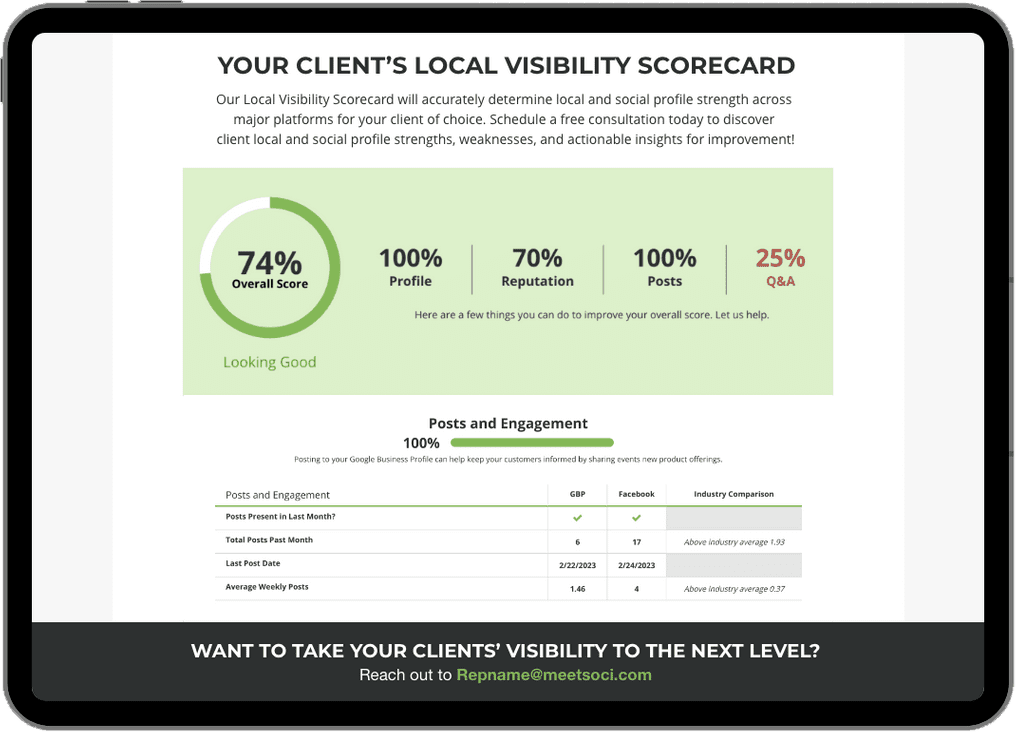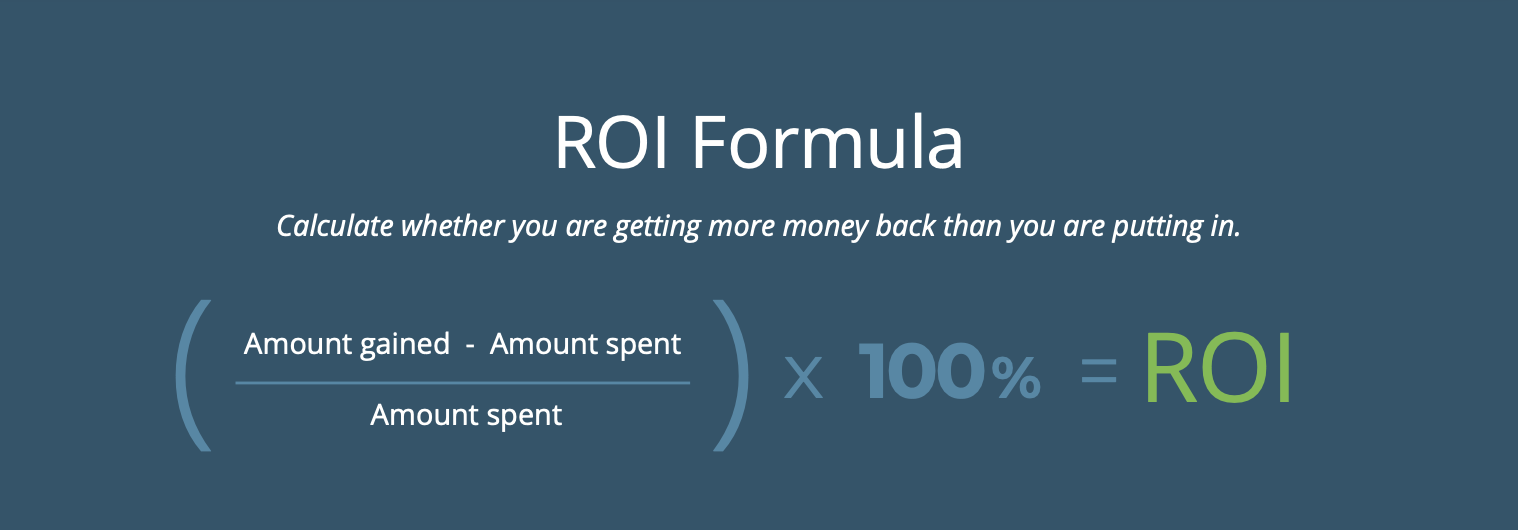Generative Engine Optimization (GEO): Mastering AI-Driven Search in 2025
4 Ways Your Agency Can Prove ROI for Clients
4 Ways Your Agency Can Prove ROI for Clients
As an agency, proving your impact and benefits to clients is a must. The best way to achieve this is by letting your results speak for themselves. One way to show clients your worth is by demonstrating your marketing agency’s ROI (return on investment).
In this article, we’ll explain how to get the highest ROI for your clients and showcase it effectively.
How to Calculate ROI
Before we get into tactics that can help improve ROI, let’s align on how to calculate it. There are several ways to calculate ROI, but for marketing, the most straightforward approach is using the basic ROI calculation: ROI = amount gained – amount spent / amount spent X 100
You can use this ROI marketing formula at granular and agency-wide levels. With anything ROI-related, you must convince your clients that their investment in your agency is worthwhile.
Here are four ways your marketing agency can get a stellar ROI for your clients.
1. Set Expectations
When working with a new client, we recommend setting goals from the start. When setting expectations, you should also have a timeline for tasks and projects to be completed in the:
- First-week
- 30-days
- 60-days
- 90-days, and thereafter
When setting expectations, consider your team’s capabilities and bandwidth. You want to deliver high-quality results in a reasonable time frame. Furthermore, your abilities should match what’s on your website in your “what we do” or “offerings” pages.
Lastly, we recommend knowing a new client’s baseline. Much of this baseline research was likely done during the prospecting phase, but it’s worth knowing where your clients stand in localized and digital marketing and where your agency can make the biggest impact. Doing so can help you accurately estimate timelines.
2. Determine and Set Your KPIs
KPIs, or key performance indicators, are quantifiable indicators used to measure the progress toward an intended result. You can use KPIs to measure overall performance over time and prove ROI.
General Marketing KPIs
Below are a few essential marketing KPIs your marketing agency should track for clients:
- Customer Acquisition Cost (CAC): Measures how much money it takes to convert leads into customers.
- (Customer) Lifetime Value (CLTV or LTV): This metric measures the estimated revenue a customer will bring during their time as a customer. Here’s the CLTV formula:

Courtesy of CleverTap
- Return on Ad Spend (ROAS): ROAS examines the money generated from advertising campaigns compared to how much you spend. It’s typically a ratio, such as 3:1 or making $3 for every $1 spent.
- Conversion rate: You’re measuring the number of users who converted as a percentage of the total number of users that visited your site, social media post, or ad campaign. For instance, if you had 100 conversions from 1,000 interactions, your conversion rate would be 10% (100/1,000 x 100 = 10%).
Localized Marketing KPIs
If you’re a marketing agency specializing in multi-location marketing or localized marketing, here are a few KPIs to consider as well:
- Google 3-Pack Percentage: The percent of locations a client has in the Google 3-pack or local pack.
- Local Page Traffic and Conversions: Local landing pages, local pages for short, are website pages tied directly to one location. You want to know how much organic traffic each local page receives and their conversion rate.
- Average Review Count: The average number of reviews each local listing receives
- Average Response Time: The number of days it takes to respond to a review.
- Local Social Profile Percentages: The percentage of local social profiles (social media profiles tied to one location) your clients have compared to the total number of locations.
- Average Posts Per Month: How many posts each location publishes monthly.
- Engagement rate per post: The percentage of people who chose to interact with your social content after seeing it. You often calculate the engagement rate by the total number of engagements (reactions, comments, and shares) per post divided by the reach (estimated number of users that came across a post) multiplied by 100.
Together, these different KPIs, along with the tactics that go with them, can help measure and improve your clients’ overall ROI by investing in your agency. As mentioned above, it’s important to establish a baseline when you’re trying to sign a client or are beginning your relationship.
To get the right baseline, you need internal data from potential clients to know where they currently stand. From there, you can determine your new clients’ appropriate KPIs and targets.
If your agency needs help establishing a baseline for multi-location clients, consider requesting a Local Visibility Scorecard from SOCi.

This Local Visibility Scorecard will determine the local and social profile strengths of your client of choice, and can help reveal actionable insights and areas of improvement.
3. Show Your Impact to Clients
Remember that ROI is about the impact and often involves a ratio like 5:1. For localized marketing, projected revenue increases derive from increased traffic, engagements, and conversions.
In addition, you need strong collaboration and communication with clients. Your agency must be clear about where you’ve made impacts and when a client’s own work and efforts made the difference.
When setting your KPIs with a client, we recommend also determining how you’ll measure these indicators and their monetary impact on the business. Having these discussions early on will help you and your clients decipher responsibilities and how they will impact.
If you need some additional inspiration on ways to add value to your clients marketing efforts while improving ROI, check out our Guide to Localized Marketing ROI for Agencies.
4. Choose The Right Software
In 2021, 74 percent of B2B marketing professionals have five or more marketing tools in their marketing technology (MarTech) stack. As your marketing agency knows, these MarTech tools can add up financially.
Therefore, it’s best to improve your own ROI by investing in technology platforms that use multiple solutions or tools to meet your digital marketing needs. This is where SOCi comes in!
SOCi is the CoMarketing Cloud for multi-location enterprises. Agencies that use our technology can better scale efforts and improve clients’ ROI across all of their locations.
Your agency can utilize SOCi to strengthen your clients’ online presence across local search and social, all while protecting their online reputation. Just ask Mediagistic, who — with the help of SOCi — gained nearly 1.1 million impressions on social media and 12,774 engagements per month.
Request a demo today to learn how SOCi can help your agency improve ROI for your clients and keep them satisfied!







